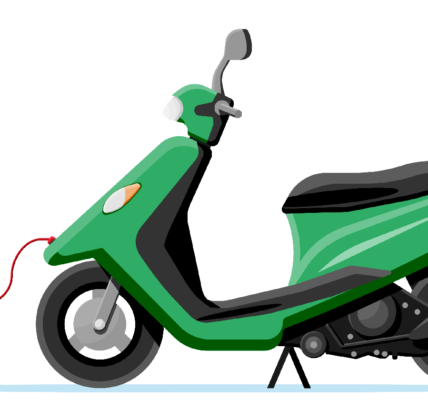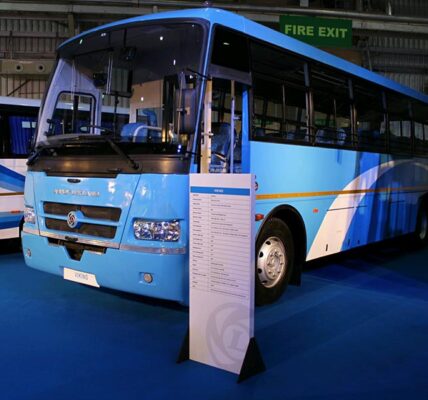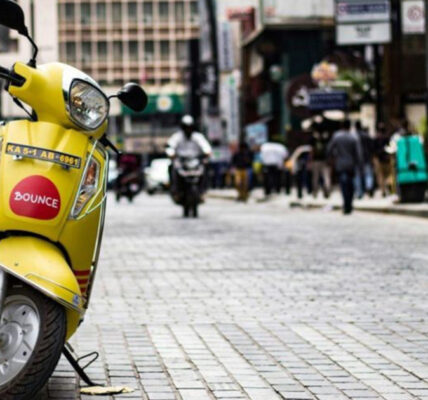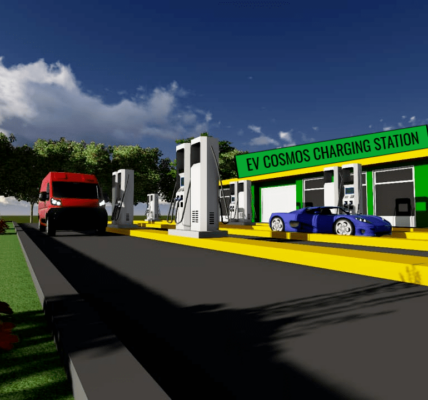The Ministry of Heavy Industries on 19 May 2023, announced a reduction in the subsidies provided under Fame II For Electric Two-wheelers, effective from 1 June. While this decision is likely to result in a price increase of about 20-25 per cent for two-wheelers starting next month, a closer examination of several key factors is necessary to gauge the impact of the price rise on the trajectory of electric vehicle (EV) adoption in the country.
India’s EV sector at a glance
The total cost of ownership (TCO) for an EV is lower as compared to an ICE vehicle (vehicles using conventional fuels), but the upfront cost of EVs is typically higher. This is driven by the battery cost, which is about 40-45 per cent of the vehicle cost. India currently relies heavily on imports for the lithium-ion (Li-ion) cells used in EV batteries, with the majority coming from China and Korea. These imports inevitably raise the cost of EVs.
However, the Government’s Production Linked Incentive (PLI) scheme is actively promoting the localization of battery manufacturing and related EV auto components like motors and power trains, which will help indigenize production of electric vehicles. Moreover, with increasing global adoption of EVs, Li-ion cell costs are expected to continue their downward trend as utilization levels improve across the Li-ion cell value chain.
Localization, along with reduction in cell cost, is expected to lower the vehicle cost by 4-5 per cent YoY. Hence, in about two years, the gap in the upfront cost of EVs created by the subsidy reduction is likely to shrink, making TCO even more attractive. Further, as the EV sector develops, it is expected to offer more favourable loan terms, which will take off the pressure of high upfront costs for end-consumers.
The effect of Government subsidy cuts on EV two-wheelers
Therefore, while the short-term effect of the subsidy cut may lead to higher prices for EV two-wheelers, the eventual outcome will be a considerable reduction in cost for consumers. A recent study by A&M showed that in a survey conducted on over 2,500 end-consumers, 70 per cent said they would consider buying an electric two-wheeler over an ICE vehicle.
Other countries have also successfully rolled back subsidies with minimal impact on EV adoption. China, which is at the forefront of energy transition, has tapered off subsidies for electric vehicles over the years. Data from the China Association of Automobile Manufacturers shows that during the seven years that China phased out its EV subsidies, while sales dipped in the first month after each rollback, absolute sales figures showed that sales in the seventh year of the rollback were substantially higher than those in the first year of the rollback.
Subsidies play a vital role in promoting awareness and encouraging the adoption of products in emerging sectors like electric vehicles. However, offering subsidies indefinitely is not a sustainable approach. Ultimately, the industry needs to stand on its own feet and foster innovation to ensure its long-term viability. The Government’s responsibility lies in creating an ecosystem for a nascent sector. Once this ecosystem is established, the industry must continue to move forward independently, even as subsidies taper off.







